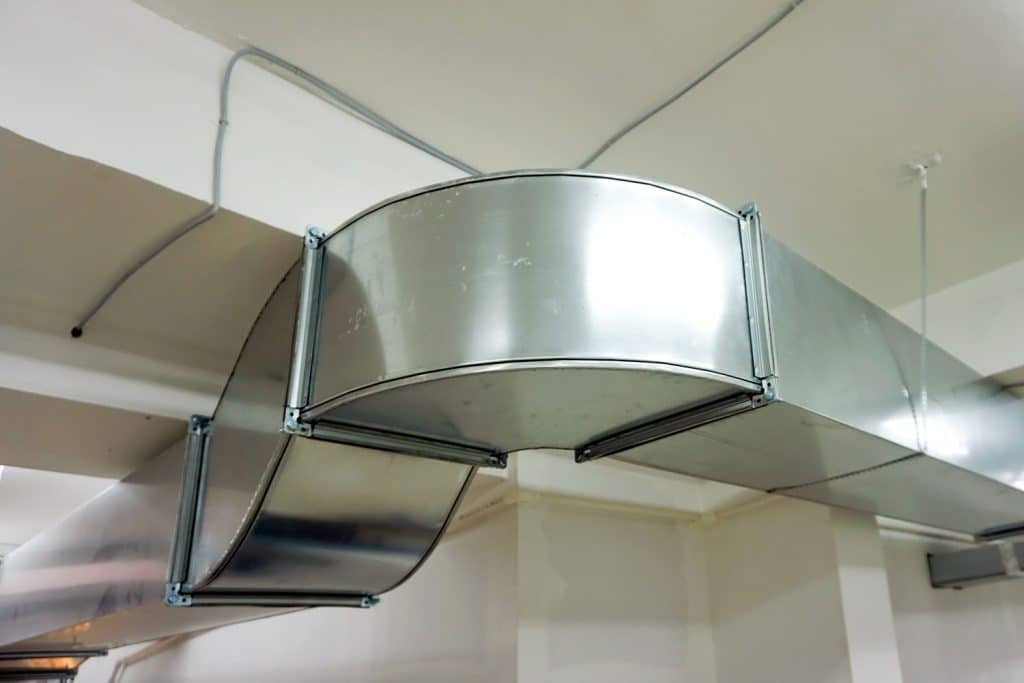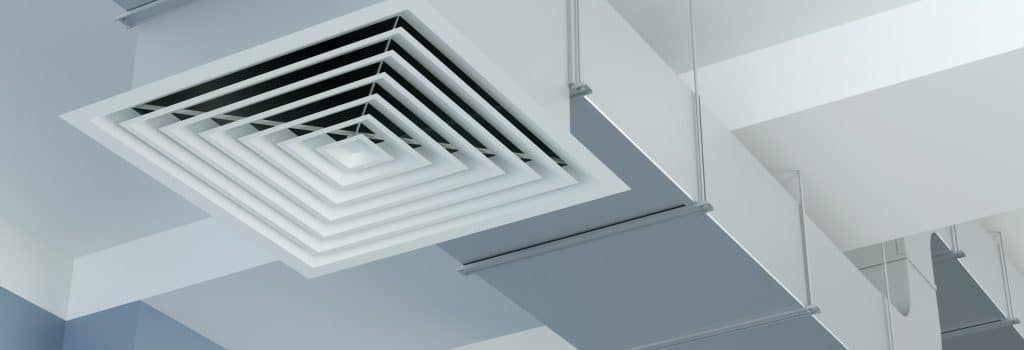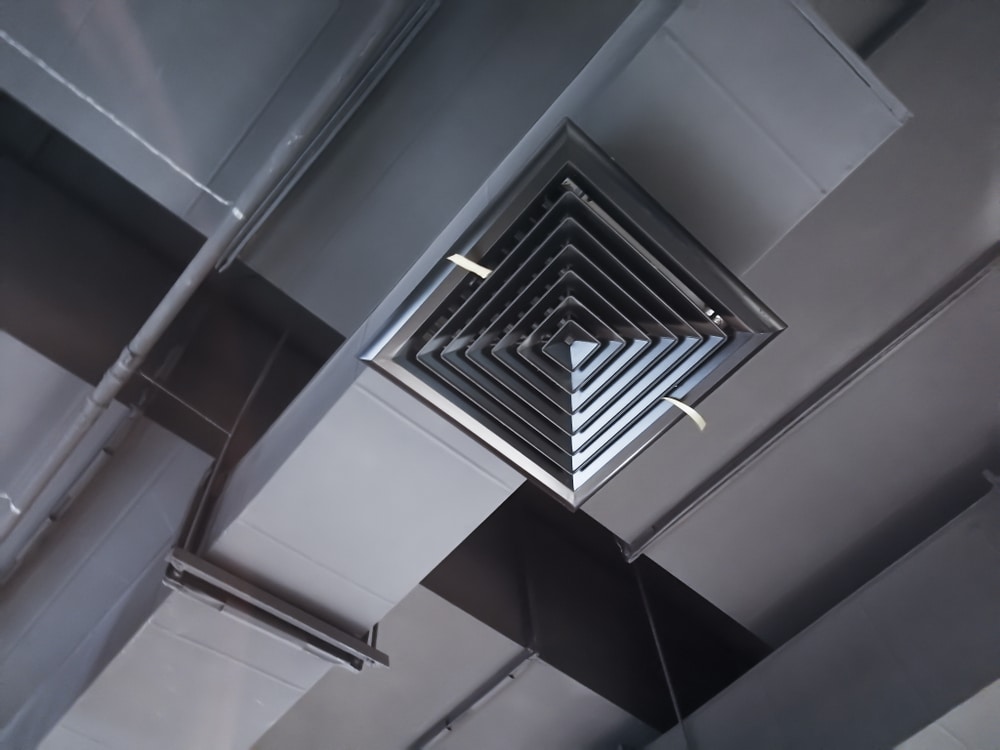Air ducts often remain concealed within residential and commercial structures, making it easy for performance issues to go unnoticed. Problems with air duct systems can reduce the efficiency of heating and cooling equipment, leading to increased energy costs and diminished indoor air quality. To ensure optimal HVAC performance, it is crucial to address common issues like poor insulation, noise, vibration, dust accumulation, mold, and air leaks. However, professional inspection and maintenance are strongly recommended to prevent the potential exacerbation of existing problems.
The Impact Of Air Leaks In Ductwork On Energy Efficiency

Space heating and air conditioning are energy-intensive processes, and air ducts play a pivotal role in distributing conditioned air throughout indoor spaces. Any air that escapes from the ducts after being heated or cooled represents a significant waste of energy. Conversely, unconditioned air may infiltrate the ducts, undermining the effectiveness of heating and cooling systems and introducing contaminants. Achieving optimal HVAC performance is contingent upon sealing off air ducts from unconditioned spaces.
In addition to proper sealing, adequate insulation is equally essential. Inadequately insulated air ducts can still result in wasted heating and cooling capacity, even if air leaks are minimized. A strategy that can significantly enhance energy performance involves situating air ducts within conditioned spaces, reducing temperature differentials across duct walls. Nonetheless, this approach may not always be feasible, particularly in spaces where visible ductwork would detract from aesthetics.
The combination of insulation and air sealing serves to enhance the energy efficiency of air ducts and contributes to improved indoor air quality by preventing unconditioned air from infiltrating the duct system. Nevertheless, there are other factors that can affect HVAC performance and indoor air quality if left unaddressed.
Maintaining Clean Air Ducts: A Defense Against Dust And
Mold
As air ducts interconnect various indoor areas, they can inadvertently distribute contaminants that accumulate within their walls. In certain instances, the air ducts may be clean, while issues may persist with the associated air handler.
Mold, in particular, has a propensity to thrive out of sight within air ducts. Its presence often signifies inadequate moisture removal within the building. However, it’s essential to rely on professional inspections and laboratory tests to conclusively identify mold. In cases where mold affects sheet metal air ducts, cleaning is possible. However, porous fiberglass air ducts and insulation must be replaced entirely if mold has infiltrated. Mold, once dried, is challenging to remove from porous materials, and residual spores and particles can trigger irritations and allergies.
The Importance Of Well-Designed Ventilation
The performance of air ducts is not solely contingent upon the ductwork itself; the air handlers connected to them also play a significant role. Even if ducts are insulated, airtight, and clean, noise and vibration issues can arise if the air handlers are oversized or inadequately supported.

To enhance performance further, consider implementing the following measures:
- Demand-controlled ventilation (DCV): This system adjusts airflow according to occupancy levels, resulting in substantial energy savings as fans only operate at full capacity when required.
- Energy recovery ventilation (ERV): ERV systems recover and transfer heat between the incoming and outgoing air, yielding both cooling and heating savings.
Industry Standards For Air Duct Design
In the United States, the Sheet Metal & Air Conditioning Contractors’ National Association (SMACNA) is the authoritative source for air duct design standards. They have established standards for both metallic and fiberglass air ducts:

- HVAC Duct Construction Standards – Metal and Flexible (SMACNA/ANSI-2005)
- Fibrous Glass Duct Construction Standards (SMACNA-03)
Local building codes usually incorporate these national standards when addressing air duct requirements. To ensure compliance with codes, it is advisable to collaborate with a qualified mechanical, electrical, and plumbing (MEP) engineering professional.
Conclusion
Maintaining well-functioning air ducts is crucial for optimizing HVAC performance, reducing energy consumption, and preserving indoor air quality. Whether addressing issues such as air leaks, mold, or inadequate ventilation, it’s essential to prioritize regular inspections and professional maintenance. By adhering to industry standards and best practices, you can ensure that your air ducts operate efficiently, creating a comfortable and healthy indoor environment while also saving on energy costs.






GIPHY App Key not set. Please check settings